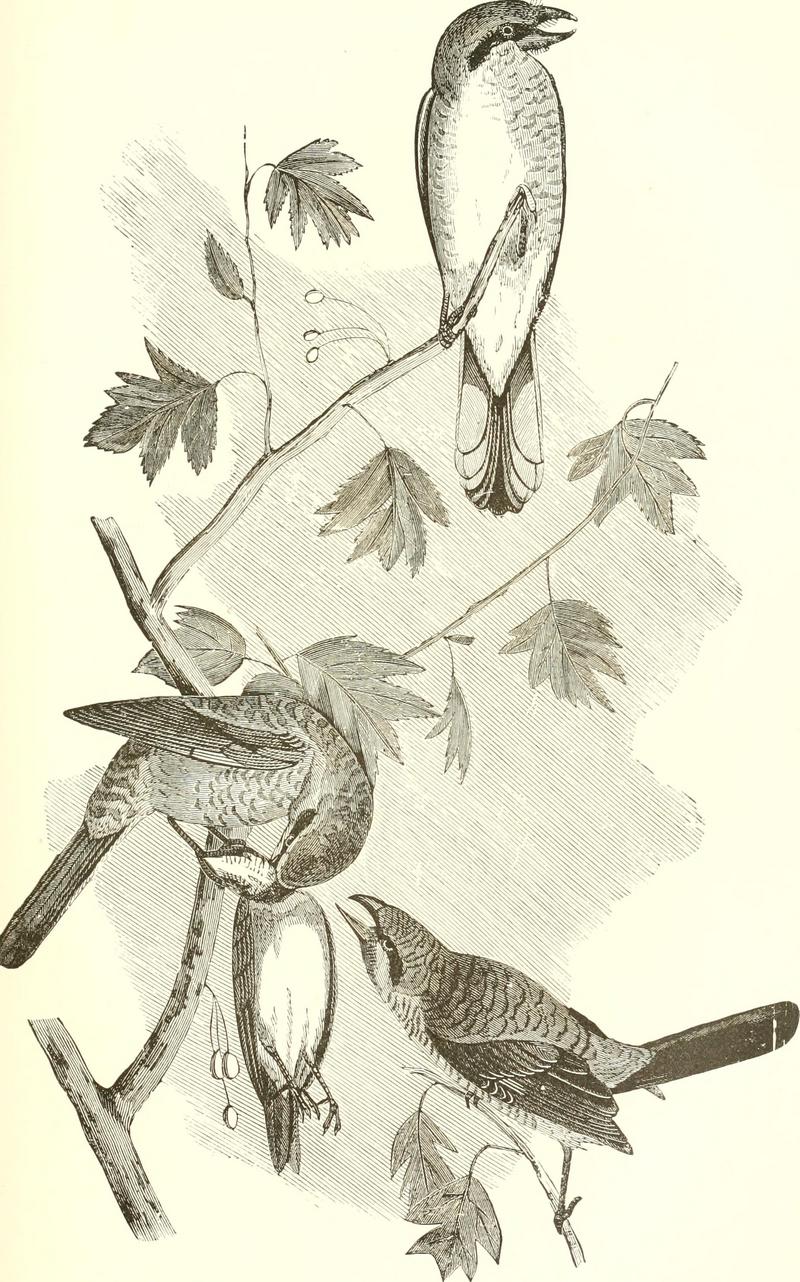|
| Query: bird | Result: 1223rd of 32675 | |
great grey shrike, northern grey shrike (Lanius excubitor)
| Subject: | great grey shrike, northern grey shrike (Lanius excubitor)
| | Poster: | Wiki Photos (---@---.---)
| |

| Resolution: 1852x2968
File Size: 888440 Bytes
Upload Date: 2017:03:05 00:44:22
|
Description
Title: Our northern and eastern birds : containing descriptions of the birds of the northern and eastern states and British provinces; together with a history of their habits, times of arrival and departure, their distribution, food, song, time of breeding, and a careful and accurate description of their nests and eggs
Year: 1883 (1880s)
Authors: Samuels, Edward A. (Edward Augustus), 1836-1908
Subjects: Birds -- United States
Date 1883
Source https://www.flickr.com/photos/internetarchivebookimages/14561966670/
Source book page: https://archive.org/stream/ournortherneastex00samu/ournortherneastex00samu#page/n314/mode/1up
Author Internet Archive Book Images
Source: https://commons.wikimedia.org/wiki/File:Our_northern_and_eastern_birds_-_containing_descriptions_of_the_birds_of_the_northern_and_eastern_states_and_British_provinces;_together_with_a_history_of_their_habits,_times_of_arrival_and_departure,_(14561966670).jpg
The great grey shrike, northern grey shrike, or northern shrike (Lanius excubitor) is a large songbird species in the shrike family (Laniidae). |
^o^
Animal Pictures Archive for smart phones
^o^
|
|